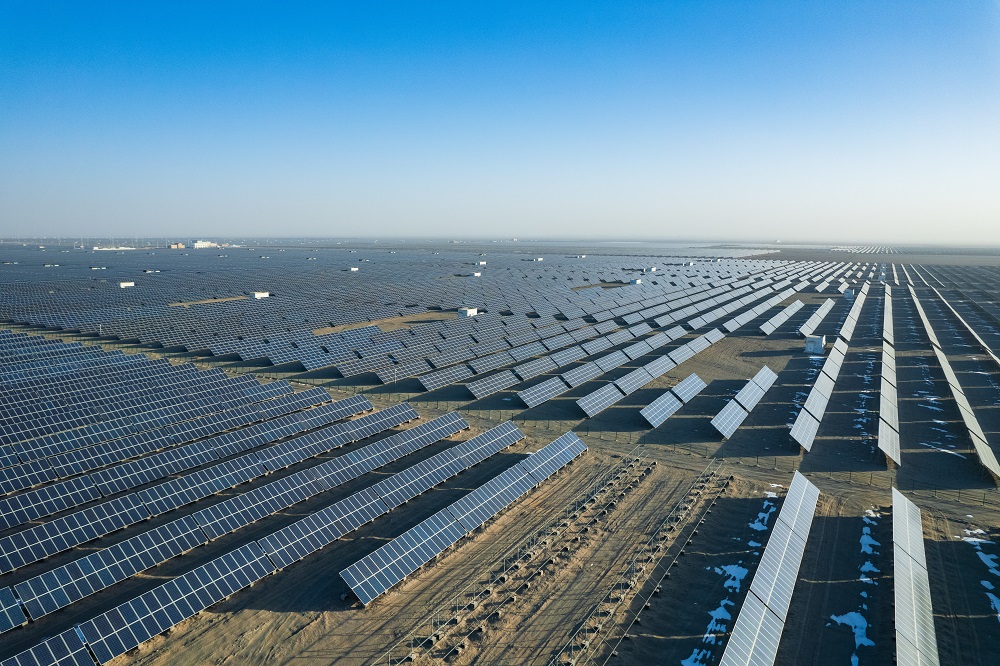At the ongoing 28th session of the Conference of the Parties (COP28) to the UN Framework Convention on Climate Change, a significant unveiling took place: the release of the “China’s Energy Transformation Outlook 2023” report.
The report launch was part of the side event titled “Jointly Shaping a Resolute Future for Global Energy Transformation” held in Dubai, the United Arab Emirates. This pivotal release is poised to offer profound insights into China’s strategic direction regarding its energy transition efforts, as reported by Xinhua.
The significance of China’s energy transition on the global climate stage cannot be overstated. With an economy that demands substantial energy resources, a historical dependence on coal, and extensive manufacturing capabilities, China has remained the largest emitter globally, contributing to 27% of the world’s carbon dioxide emissions and a third of all greenhouse gas emissions.
This context, highlighted by The Conversation, underlines the complexity and urgency of China’s position in the realm of climate action.
Despite being a formidable emitter, China has emerged as a powerhouse in the clean energy domain. It boasts the title of the world’s leading producer of solar panels and wind turbines, a testament to its commitment to renewable energy sources.
This dual role as a major emitter and a significant manufacturer of renewable technology shapes China’s intricate role in global climate initiatives, rendering its energy transition strategy an immensely critical factor in the quest for climate resilience and sustainability.
The “China Energy Transformation Outlook 2023” report’s insights, unveiled at COP28, are anticipated to shed light on China’s roadmap to a sustainable energy future.
Understanding China’s trajectory in transitioning from fossil fuels to renewables holds paramount importance in steering global climate action toward meaningful and effective measures.














